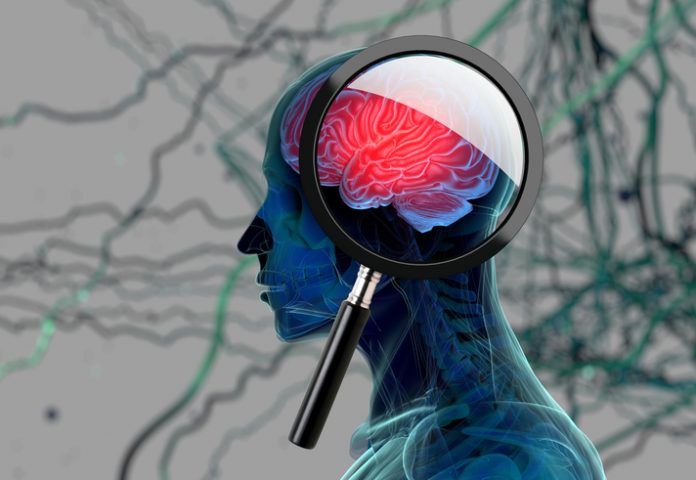
An investigational vaccine for Alzheimer’s disease has shown promise in improving awareness and behavior, according to preliminary research in mice presented this week at an American Heart Association meeting.
The vaccine targets overexpression of senescence-associated glycoprotein (SAGP), which has been implicated in Alzheimer’s disease.
In a mouse model of the neurodegenerative disorder, brains from animals receiving the senolytic vaccine versus placebo had fewer of the amyloid plaques that are characteristic of the disease.
These animals also showed less inflammation in brain tissue and did better in maze-type tests compared with unvaccinated mice.
The findings will be presented this week at the American Heart Association’s Basic Cardiovascular Sciences Scientific Sessions 2023 in Boston, Massachusetts.
“Our study’s novel vaccine test in mice points to a potential way to prevent or modify the disease. The future challenge will be to achieve similar results in humans,” said lead author Chieh-Lun Hsiao, PhD, a post-doctoral fellow at Juntendo University Graduate School of Medicine in Tokyo, in a press statement.
He added: “Earlier studies using different vaccines to treat Alzheimer’s disease in mouse models have been successful in reducing amyloid plaque deposits and inflammatory factors, however, what makes our study different is that our SAGP vaccine also altered the behavior of these mice for the better.”
Previously, the team found that SAGP protein was upregulated in macrophage and vascular endothelial cells from patients and mice with atherosclerosis. Research also revealed elevated SAGP protein in human vascular endothelial cells with senescent status, in which cells do not die off as normal but instead linger.
The researchers developed a SAGP vaccine which could remove SAGP-high senescent cells and act on age-related diseases including atherosclerosis and Type 2 diabetes in mice.
They then examined whether this would be useful for Alzheimer’s, after noting earlier studies had revealed that people with the disease had SAGPs highly expressed in glial cells, which usually provide structural and chemical support for neurons in the central nervous system.
Animals with a knock-in of human mutant amyloid precursor protein received the vaccine or placebo at two and four months of age before undergoing behavioral tests two months later.
The results showed that vaccination significantly reduced amyloid deposits in the cerebral cortex region of the brain, where language processing, attention, and problem solving occurs.
There were also signs of reduced inflammation in the brains of animals receiving the vaccine. This included a reduction in the size of astrocyte cells, which are the most abundant glial cell in the brain, and a decrease in other inflammatory biomarkers.
Mice receiving the vaccine also did better in a maze-type test at six months compared with those receiving placebo, showing greater awareness of their surroundings and anxiety, in which they were more cautious and aware of their surroundings. A lack of anxiety is often present in Alzheimer’s disease.
The researchers note that previous research has found the SAGP protein located near specialized brain cells called microglia, which they believe could be a possible target for an SAGP-vaccine.
“By removing microglia that are in the activation state, the inflammation in the brain may also be controlled,” Hsiao explained.
“A vaccine could target activated microglia and remove these toxic cells, ultimately repairing the deficits in behavior suffered in Alzheimer’s disease.”













